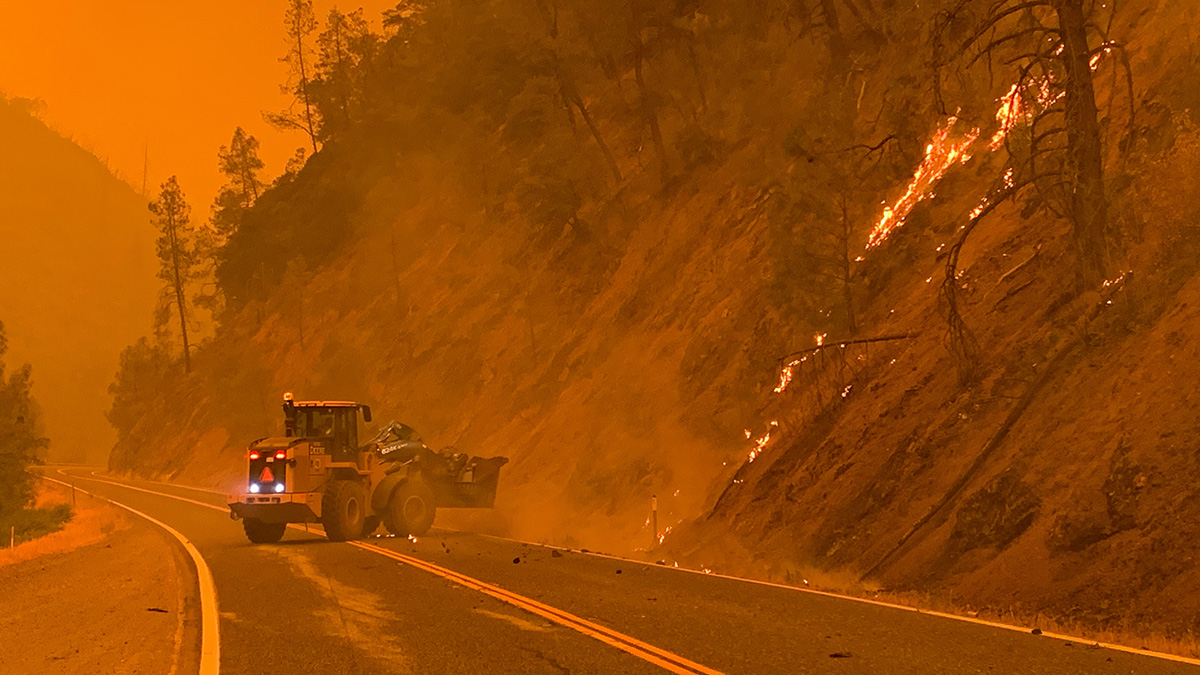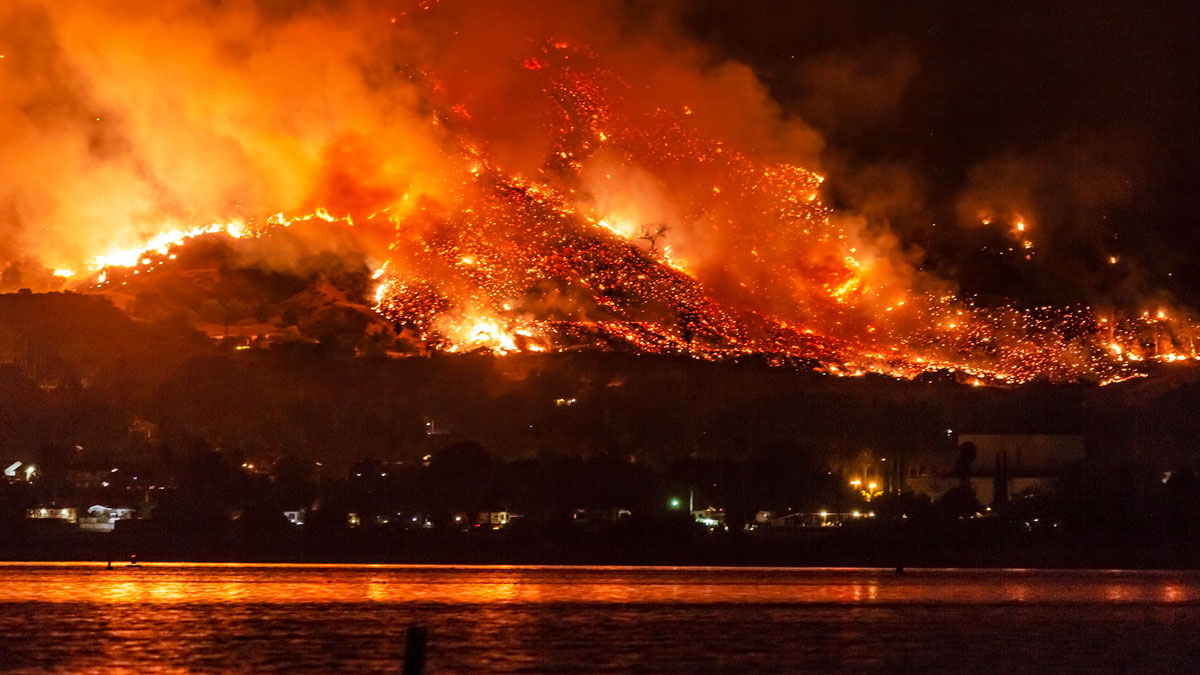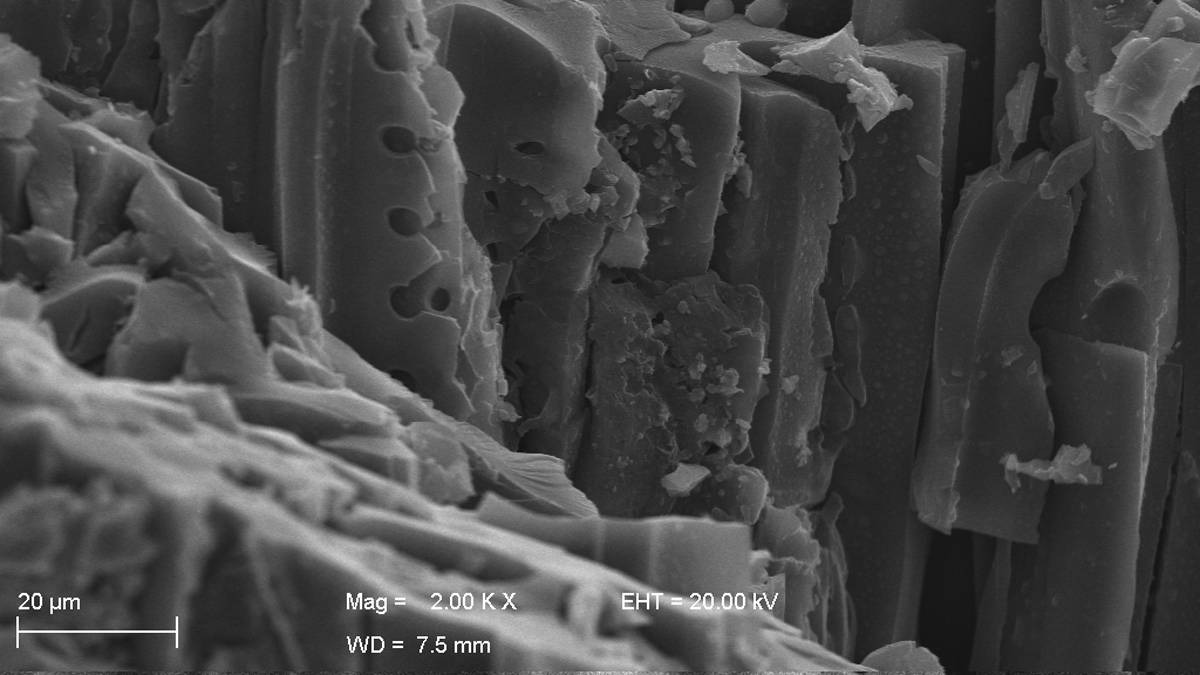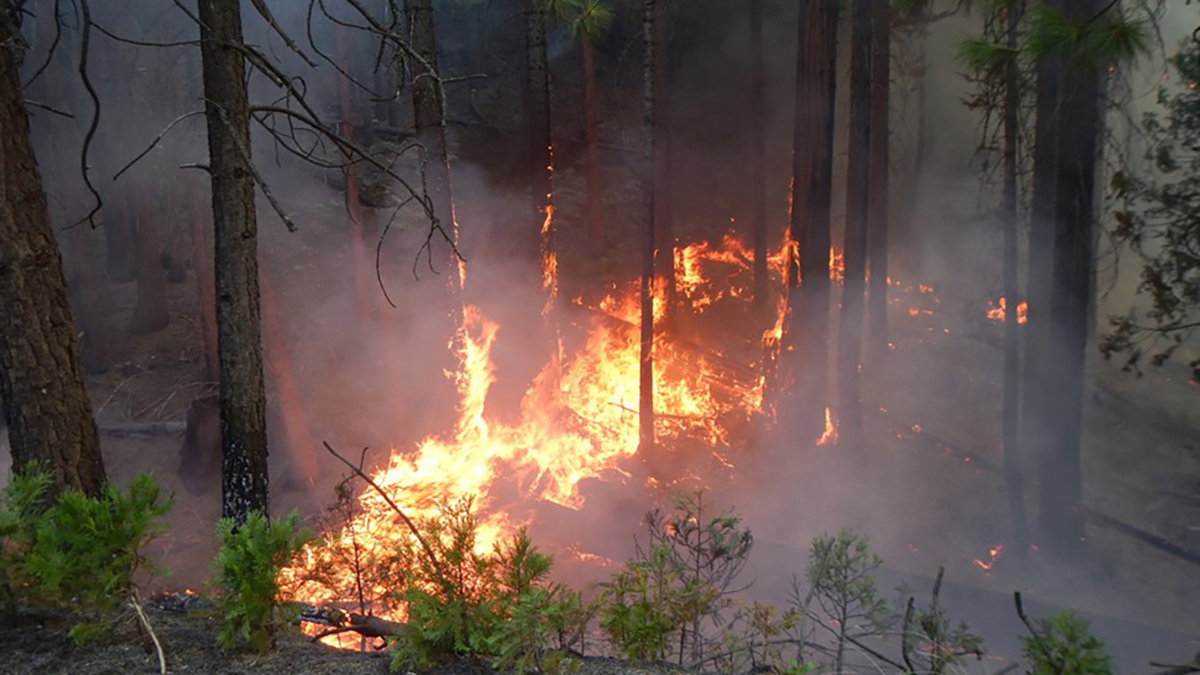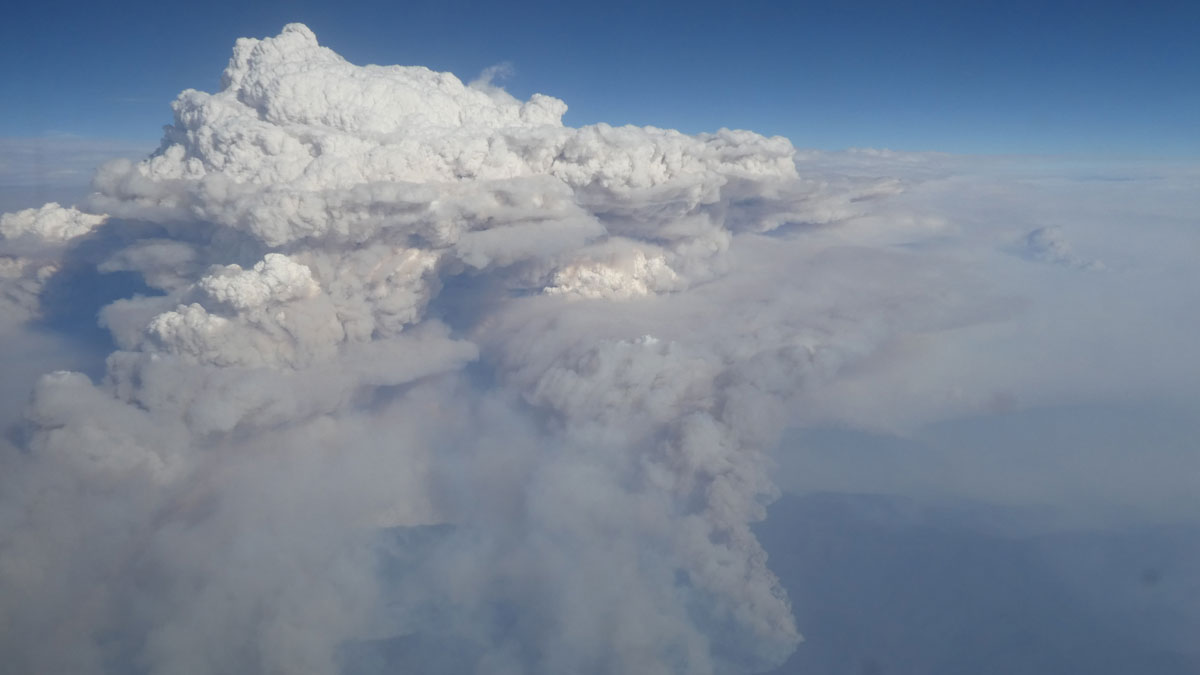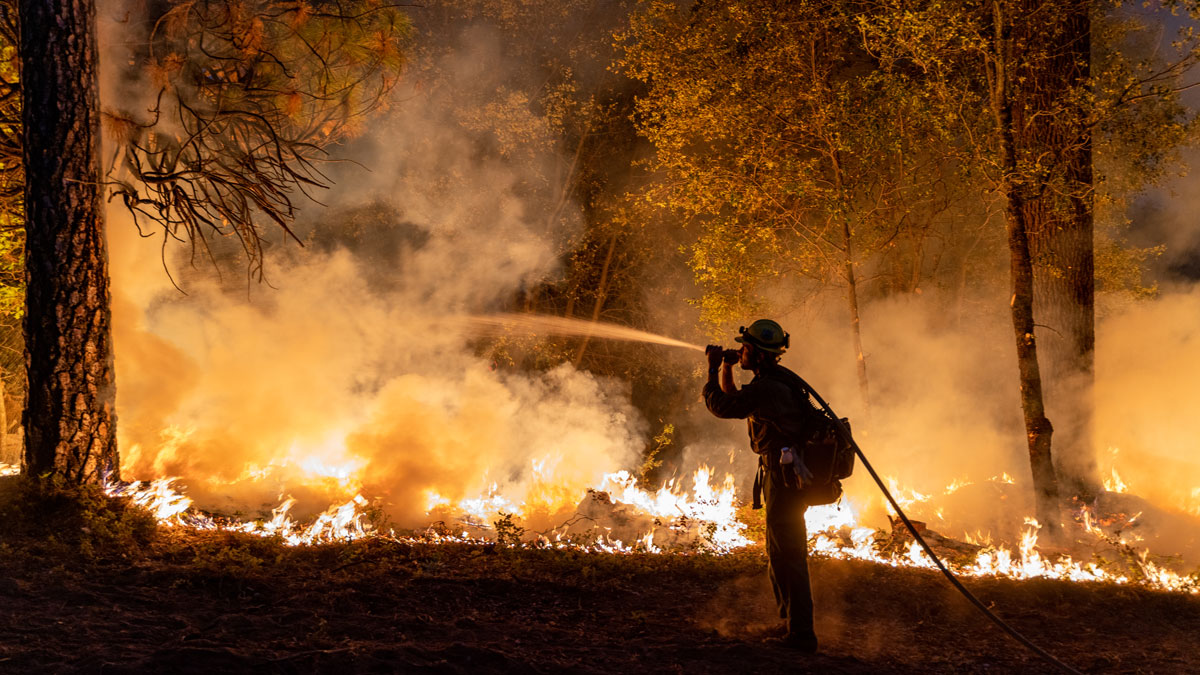Western forest managers face a catch-22: They can keep carbon sequestered in trees by reducing controlled burns, but that creates denser forests at greater risk of going up in uncontrolled flames.
wildfires
A Lidar’s-Eye View of How Forests Are Faring
Success in Yosemite is driving the wider use of lidar surveys to support forest health and wildfire resilience, study wildlife habitats, and monitor water resources.
Los incendios forestales empeorarán, advierte informe de la ONU
Desde el ecuador hasta el Ártico, es probable que aumenten los incendios forestales y que el cambio climático los empeore, según un nuevo informe de las Naciones Unidas. La acción todavía es posible, dicen los autores.
More Frequent El Niño Events Predicted by 2040
Cutting-edge models predict that El Niño frequency will increase within 2 decades because of climate change, regardless of emissions mitigation efforts.
Cretaceous Charcoal Gives a Glimpse of Plant Evolution
New data from vegetal charcoal in northwest India supports the theory of paleowildfires as a global phenomenon and an evolutionary force for biodiversity.
U.S. Fires Quadrupled in Size, Tripled in Frequency in 20 Years
Changes including intensifying drought, expansion into burnable land, and an increase in human-caused ignitions have led to a shift in fire patterns.
Australian Wildfires Linked to Ozone Layer Depletion
New research shows that the Black Summer bushfires damaged the ozone layer, eliminating a decade’s worth of progress.
Wildfires Will Worsen, Warns U.N. Report
From the equator to the Arctic, wildfires are likely to increase, and climate change can make them worse, according to a new United Nations report. Action is still possible, say the authors.
Warmer Nights Are Adding Fuel to Nighttime Fires
Cool, moist nights are rarer than they were a few decades ago, and that’s giving wildfires an edge over crews trying to hold fire lines.
Crowdsourced Science Helps Monitor Air Quality in Smoke-Damaged Homes
Researchers collaborate with residents to measure airborne chemicals in homes and evaluate how clean the air really is after remediation from Colorado’s Marshall Fire.

